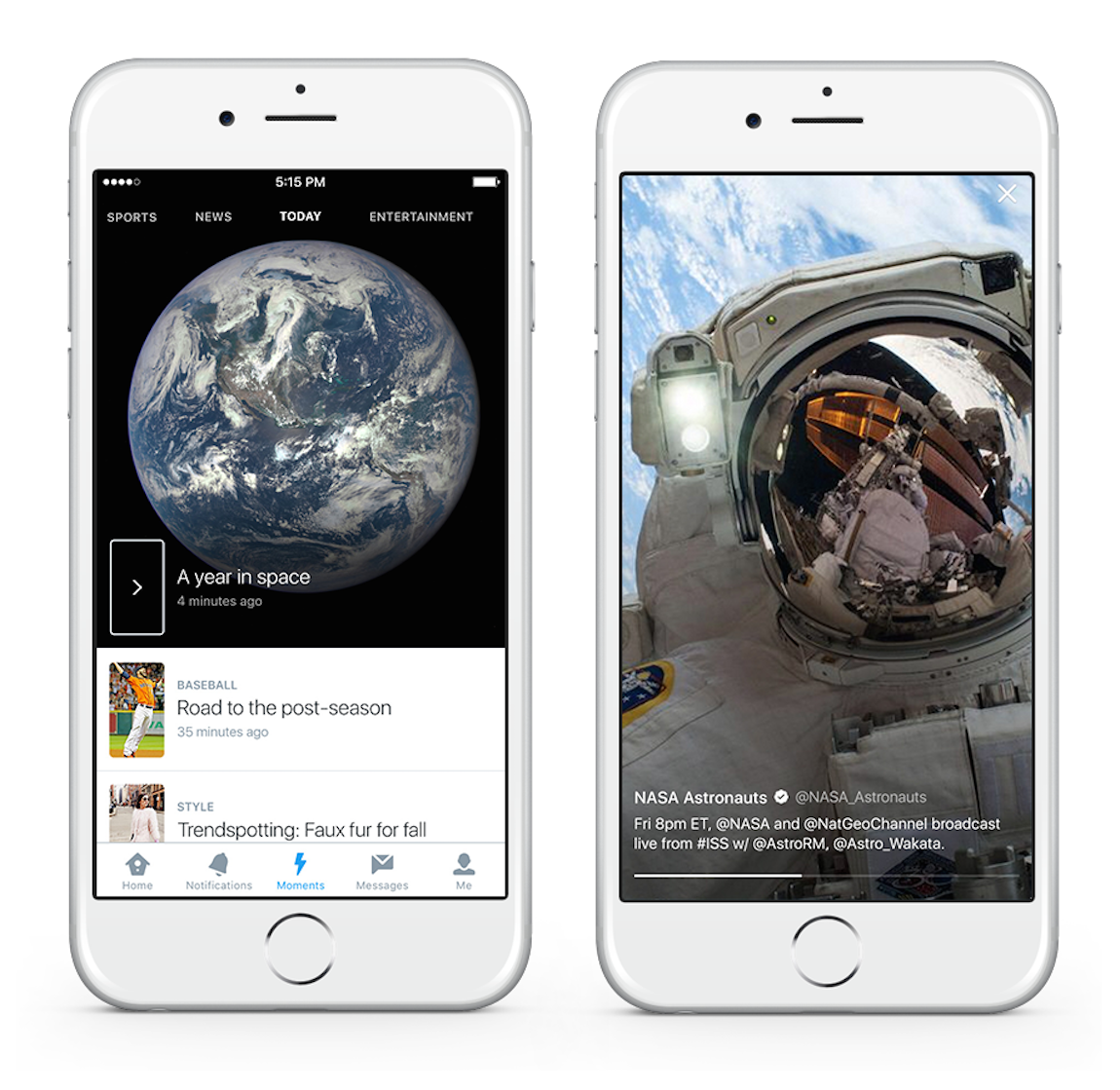by Emily Swet

So, the bad news: the new reality for manufacturers is that to be successful, B2B marketing campaigns are going to take a bit more effort. According to Forbes, nurture cycles are getting significantly longer – so B2B manufacturing companies need more touchpoints in their sales funnel before hitting a conversion. Unfortunately, this means you might have to make your marketing mix work a bit harder to be more effective.
The good news: simply put, what challenges you changes you – and usually for the better. There’s real opportunity to arm your manufacturing company with a campaign that both acknowledges and works with these trends.
How? Start Here.
- Look Back: Analyze the data from your past campaigns to get a correct view of what worked, what didn’t, how long the cycle was, and how many touches were needed to convert.
- Look Forward: Use your historical conversion data to get a better understanding of the challenges that lie ahead and how you can circumvent them.
- Then Look Side to Side: Who is creating your content? Is it their forte, or is an employee doing double duty wearing another hat that doesn’t quite fit? Make it worth your time, effort, and spend by getting a pro on your side.
- Make a Plan: Map out an intuitive content calendar that addresses these longer cycles and how you’ll nurture your prospects within them. If your audience engages with a video, what will be the next thing they see? If you capture their email, what is the most compelling piece to arrive next in their inbox? You can make your content do double duty this way.
- Develop and Deliver: Create content that is valuable – helpful or interesting to your audience – and capitalize on social media, visual content, and thought leadership pieces.
These longer nurture cycles seem daunting, and there’s a lot of noise in the content space right now. But that’s exactly why manufacturing companies need more touch points – and valuable ones at that – along the way. Need a hand getting started? Drop us a line.
Continue Reading
by MGB2B

Photo Source: Twitter Blog
Twitter has been bending over backwards to gain new users. You may have noticed a slew of new features such as: “What’s Happening?” at login, a channel-wide push for live video, and notifications that tell you what people you follow are saying on Twitter. Yet, what is possibly the most useful tool Twitter has released in the past several weeks seems to have slipped under the radar: Twitter Moments. The feature is accessible to everyone as of a few weeks ago. And it is now available for use on mobile for the first time!).
A Little Background on Moments
Maybe you remember all of the pomp and circumstance around the release of Moments in late 2015, topped off with a TV ad campaign earlier this year. Moments launched as a feature visible to all Twitter users, but customizable by only a few. These collections of five to ten tweets about topics like science, sports, and entertainment were curated exclusively by Twitter employees and select publishers, leaving average users rather disconnected. Now that they are available for all users to create and with the ease of using your phone, Twitter Moments for B2B brands can become a useful tool in your social media arsenal.
Unlike a single retweet, a Twitter Moment allows you to collect and share several tweets at once from other users. For example, if you were to create a Twitter Moment about Elon Musk’s recent presentation on traveling to Mars, you may have selected a tweet from The Verge showing people flooding into the room, a tweet from a fellow viewer as Musk took the stage, and several tweets highlighting main points Musk made, as well as questions from the audience. While none of these tweets came from you personally, they would represent discussions and points of view that interest you.
Once you have a handle on how to create them, check out these 6 ways to use Twitter Moments for B2B brands:
- Cover events and trade shows. B2B trade shows create a flurry of great tweets and exchanges between exhibitors and visitors. In addition to pumping out content about your own experience at the show, use a Twitter Moment to aggregate 10 or so tweets that sum up the event. You or someone on your social media team can create Moments as in-the-moment updates during the show or as a summary of each day of the event.
- Offer commentary on conferences. Similar to the trade show tips above, Twitter Moments can create valuable summaries of conferences, webinars, workshops, and other live events for you and your followers. A Moment consisting of tweets posted throughout the presentation can help demonstrate your company’s perspective on a topic or simply act as an outline of the information you just received.
- Bolster product launches. Many trade publications rely on social media just as heavily as email to distribute news about new B2B products. As you send out your press release, create a Moment to aggregate tweets from these publications as they spread your news on Twitter.
- Follow market trends. Use Moments to track things that impact your industry (or your customers’ industries) such as new regulations, research, and other changes. Follow emerging technologies that could become new applications for your company’s products. Or monitor fluctuations in market value.
- Showcase your company’s interests. Does your company support a cause? Or are you closely tied to the surrounding community? Help your followers learn more about your company by sharing Moments about things that are important to you.
- Position your CEO as a thought leader. A CEO who maintains an active social media presence can offer many benefits to their company. Most importantly, it ties a personality and face to the company. This creates a persona customers can connect with. It’s a great way to demonstrate interest in things that impact the company’s well being. Yet with only 39% of Fortune 500 CEOs using social media, many Twitter users following B2B companies don’t know who CEOs are or what interests them. This is something you can take the lead on.
Now that the feature has been extended for use on mobile, Twitter Moments for B2B brands can become an even more versatile tool for PR and event coverage. Time to seize the Moment!
Continue Reading
by MGB2B

The Myth: You can’t get new clients on LinkedIn.
The Truth: If you play your cards right, LinkedIn can be lucrative for your brand.
LinkedIn has become somewhat of a playground for spam and unsolicited sales pitches, an approach that you should undoubtedly avoid when trying to make connections and reach prospects. You might wonder: If I can’t pitch on LinkedIn, how do I use it to drum up business? One of the best ways to form lucrative and lasting connections is by using LinkedIn’s group discussion feature. So how does your business turn something as simple as a LinkedIn group into new business?
Try this simple and effective strategy to use LinkedIn for lead generation:
- Join Other Groups Before Establishing Your Own. The best way to understand how groups operate is to see how other people are using them. Join groups that are relevant to your company and your industry. And make sure you participate. Becoming a part of the discussion gives you the opportunity to establish yourself, and your brand, as a thought leader. Once you’ve got the hang of it, its time to start your own group.
- Narrow the Target. Find Your Niche. This step is crucial when it comes to using LinkedIn for lead generation. The execution of your new group must be specific in order to attract the right target markets. For starters, be sure the category of your group highlights what your company is/should be known for. Again, here’s where other LinkedIn groups might come in handy. Browse other LinkedIn Groups started by established businesses in your industry. Are they much different? The same? How do their ideal clients compare with yours? See what resonates, what doesn’t work, and most importantly – what you can do differently to set yourself apart from the pack.
- Use Accurate Words in Your Title and Description. While optimizing your descriptions with keywords will no longer get you anywhere in terms of search, the words you use are still important. Choose words that accurately describe what your discussion group will bring to the table, you’ll increase the chances that your targets will understand who you are and what you wish to accomplish. Your mission should be very clear and impactful. Groups with ambiguous descriptions are deemed to lack focus and value. Often times, poorly described groups are a disguise for marketers who want to dump buckets of spam and unsolicited pitches all over the newsfeed. Don’t let anyone get the wrong idea. Leave a positive impression on your members – any of them could easily evolve into a new client.
- Keep Your Group Open. This allows anyone to join and can gain you more visibility than a closed group. You needn’t worry about widening your net; LinkedIn requires vetting of members for all groups, open or closed. Be very clear as to who should be accepted into your group by setting your “Group Rules.” You can encourage your members to share the group and specific group discussions in order to grow your member base.
- Invite People to Join. You have clients and colleagues, new and old, who can benefit from your discussion group. Make sure you invite them to join your group, so you can grow your base with those who already support your mission and have interesting things to contribute.
- Be a Leader. Closely manage and lead your group to make them feel empowered and engaged. Ask them provocative questions and contribute content that will get the conversation going. It only takes a little friction to ignite a spark. In addition, don’t be afraid to praise members who are most involved. They are the ones most likely to become customers if they aren’t already.
- Promote. Subtly. In order to reach new prospects on other LinkedIn discussion groups, you can politely mention you have started your own interesting group that members should consider joining. This cannot be shameless self-promotion. Carefully craft your message once you’ve been participating in a conversation, and only push them to your group if what you are discussing is relevant. People will be disappointed if they are sent to a group that has nothing to do with the current conversation.
LinkedIn has taken steps to keep spammers out and good content in. This means the conversations you start in your group need to be authentic and engaging. It requires time and is a slow burn in terms of lead generation, but it’s a great way to generate quality leads.
Think of a discussion group as just one way to use LinkedIn for lead generation. If you navigate it correctly, you’ll have a forum to cultivate successful business relationships for years to come.
Continue Reading


